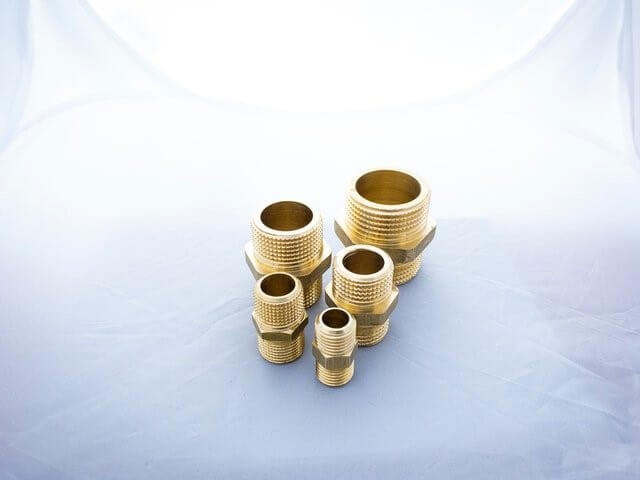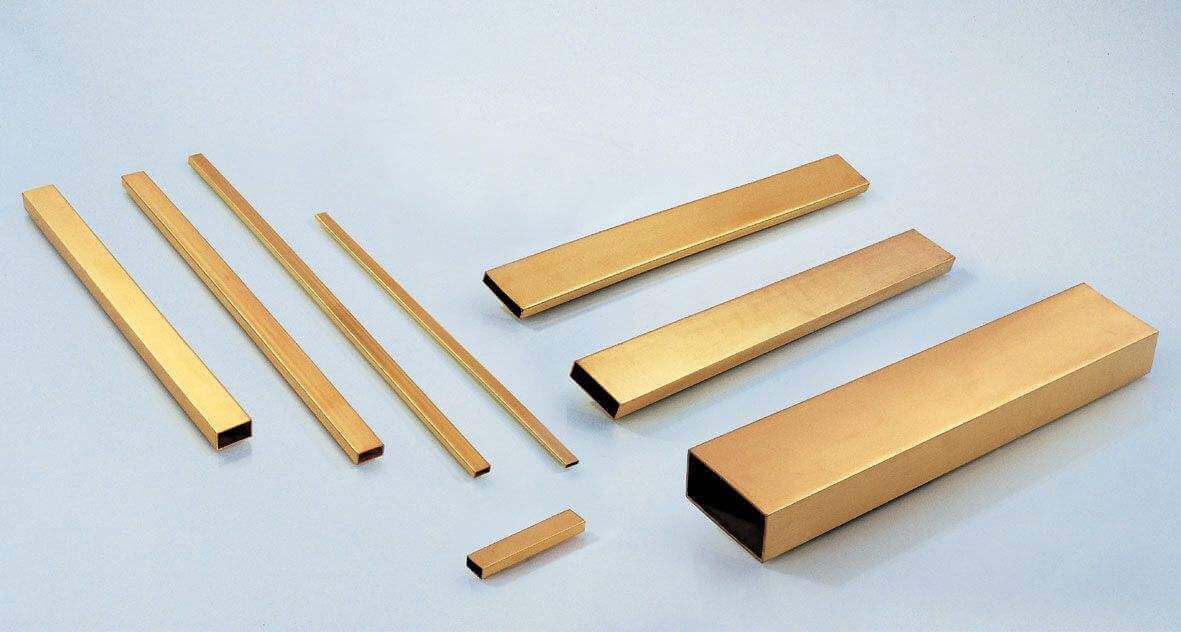Basics of Brass and Bronze and Their Applications
Both brass and bronze are copper alloys that have been used for hundreds of years. Although these two metals share common characteristics, the fact is that these metal alloys are very different in their applications and appearance. Both of these “red metals” contain copper, as well as other elements that give them unique properties. Because of this, these two metals are often used to make items we use every day, such as doorknobs, musical instruments, springs, and more. This article will compare these two alloys and discuss their main differences.
1.What is Brass?
Brass is primarily composed of copper and zinc. In 500 BC, brass would not have been possible to discover because it required two pure metals. Zinc is rare in its natural state; therefore, it would have been nearly impossible to find the material at the time. However, people eventually tried to smelt copper along with zinc ore, which resulted in the dark golden alloy we know today as brass.
When zinc ore is heated, it releases pure zinc, which once combined with copper creates the desired effect. Due to its low melting point, brass is a relatively easy material to work with, so it was originally used to produce a variety of things that we would not use today. Now, other metals such as iron, aluminum, and manganese can be added to change the properties and color of brass. While high zinc content increases the durability and ductility of brass, the addition of manganese makes brass corrosion resistant.
Based on the copper-zinc combination, brass can be divided into three types:
- Alpha brass – This brass contains about 36% zinc and has strong corrosion resistance.
- Alpha-beta brass – This brass contains about 37-45% zinc. This brass loses color and even strength due to the dezincification process.
- Beta brass – Beta brass contains about 45-50% zinc and is stronger compared to other types of brass.
1)Properties of Brass
Brass alloys have a relatively low melting point of 900 degrees Celsius, making them easier to process than pure copper or pure zinc. Brass, like other metals such as aluminum and manganese, is highly corrosion resistant and also has antibacterial properties. Brass is also easy to cast and can be precisely machined through CNC machining.
2)Applications of Brass
Due to its antimicrobial properties, especially its high manganese content, brass is often used to make everyday items such as door handles, zippers and locks. This metal alloy is also used to make tools, gears and electronic parts due to its high corrosion resistance. Solid brass is favored by creative decorators and sculptors around the world for its bright color when polished. The softer brass has additional acoustic properties, so it is often used to make musical instruments (such as trumpets, cornets and trombones) and their parts (such as guitar strings).

2.What is Bronze?
Bronze was a revolutionary discovery before brass. The use of bronze dates back to 3500 BC and ushered in the infamous Bronze Age. To make bronze, copper and tin ores were smelted together to create the reddish-brown alloy that is now well known. Today, bronze is a metal alloy that is still mainly copper and tin, but other metals such as aluminum, arsenic, manganese, phosphorus and silicon are added to enhance its structural and aesthetic properties.
Common bronze alloys include:
- Aluminum bronze
- Phosphor bronze
- Lead bronze
- Silicon bronze
- Manganese bronze
1)Properties of bronze
Bronze and brass have similar melting points, with pure bronze melting at 950 degrees Celsius; however, the melting points vary depending on the amount of tin in them. Bronze has good corrosion resistance, especially to seawater. Compared to other metals, bronze is more conductive than steel. Bronze is also hard and brittle, although not as brittle as cast iron. It also has a more valuable property in that it has low friction with other metals, meaning it does not produce sparks.
2)Applications of bronze
Because bronze is corrosion-resistant and is a strong alloy, it is used to make a variety of items. Both brass and bronze are less brittle than cast iron and have lower melting points, at 900 and 950 degrees Celsius, respectively. Bronze has a slight advantage over brass because it is also a low-friction alloy with good electrical and thermal conductivity.
Bronze is used to make marine hardware, ship accessories, electrical connectors, and automotive gearbox guide bearings, among others. You can often see bronze sculptures cast in a reddish-brown color – it is a popular choice for making statues. Bronze can also be machined through CNC turning to precisely create any desired component.

3.Differences between Brass and Bronze
1) Color
Brass and bronze differ in color – the former is a soft yellow, while the latter is a reddish-brown.
2) Ductility
If the metal bends slightly but does not crack, then it is most likely brass.
3) Saltwater Corrosion
Bronze is resistant to seawater corrosion – if either metal is immersed in saltwater, brass will undergo a dezincification process.
4) Magnetism
Another way to distinguish brass and bronze from steel is to use a magnet. Neither brass nor bronze is magnetic, as copper and zinc form non-magnetic compounds.
5) Applications
Both brass and bronze are strong and durable metals, but they have different uses. Brass is often used in musical instruments and electrical connectors; bronze is more suitable for submersible bearings, ship fittings, and electronic springs.
6) Metallic Composition
Bronze contains copper alloys and elements such as tin, while brass is a mixture of copper and zinc and other non-metals.
Melting Point. Brass and bronze both have low melting points, 900 degrees Celsius and 950 degrees Celsius respectively, so brass is easier to melt.
4.Conclusion
Bronze was discovered as early as 3500 BC, while brass only began to be used in 500 BC. There are more differences between bronze and brass than similarities. However, this does not mean that one is better than the other – they are just suitable for different applications and uses.
